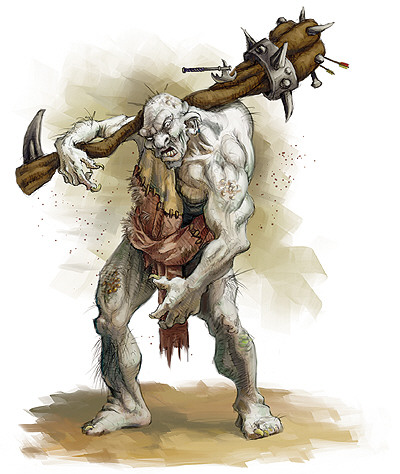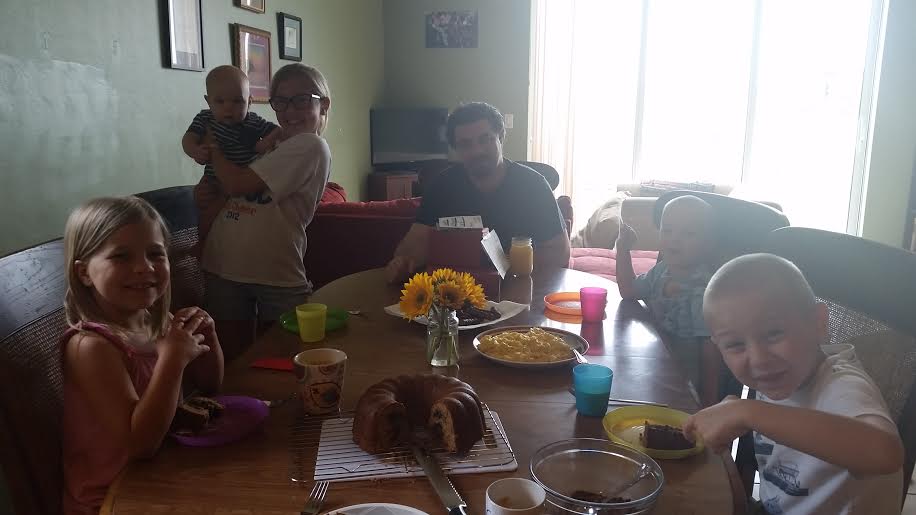Over at Conversion Diary, Jen is asking bloggers what the religious climates in their countries are. While I live in America, I did spend a semester in Italy during my college days and two months in Rome visiting my sister-in-law Amanda when Sienna was two. Of the two visits, it was the latter that truly acquainted me with the Italian religious climate.
When I first visited Italy as a college junior, I wasn’t Catholic. By the time I went back I had been baptized, confirmed and married in the Catholic church, had one lovely two-year-old at my side and (unbeknownst to me at first) another precious baby girl just beginning to grow in my womb. The first time I went I spent most of my time on our school’s campus in Due Santi, about a half-hour outside of Rome, with my classmates. The time I did spend in Rome was spent in the various company of school companions, a few Italians I met, and some sailors from the nearby naval base who exchanged visits with us frequently. The second time, the only Americans who were around were my sister-in-law, her roommate Gena, and occasionally Gena’s boyfriend Shane (also a classmate of mine from our Rome semester-small world) who played basketball for an Italian team and drove up to Rome to visit on the weekends.
My sister-in-law lives in Monteverde, a neighborhood near Trastevere but without the aesthetic appeal and status that Trastevere affords its inhabitants. Monteverde is also loads more affordable than Trastevere. Just a three-mile walk from the Tiber, Monteverde is a typical middle-class Roman neighborhood. Around the corner from my sister-in-law’s fifth-floor walk-up was a small Catholic church with a playground outside. No grass here, just slides and spring-mounted motorcycles drilled right into the concrete. One of the smaller playgrounds I’ve seen that nevertheless crawled with children in the afternoons and on weekends, when their parents, most of whom lived in the surrounding apartments, took them out to get some exercise. What did not crawl with children was the church to which the playground was attached.
Sienna and I went to this little church every Sunday except the Sunday we made it over to St. Peters, and every Sunday we were at least five minutes late. Nevertheless, we were always among the first to come in. On a typical Sunday the Mass would be said to about five old women, two or three old men, perhaps one mother with a child, Sienna and I and a few gypsy children begging outside. But the Italians know what they’re doing. After over a century of solid Catholicism, these Romans have the Mass down to a science. At the exact second the priest finished the consecration and came down from the altar to give communion to the parishioners, the doors would swing open and the church would flood. Young men in tight jeans, chattering teenagers, old ladies brandishing their canes at the gypsy children, men in business suits, thin, beautiful women clutching the shoulders of a misbehaving child, young women with elaborate eye makeup and impossibly high heels, and old men already on the wrong end of a Peroni or two would pour into down the aisle of the church, receive communion, and pour back out the doors, leaving the ten of us who had been there before reeling.
After the first Mass I thought it was a fluke. But when it happened the next week I asked my sister-in-law, and she confirmed it. All over Rome, at every Mass she had attended, it was the same. Rows and rows of empty pews faced the priest until communion, when the doors burst to admit busy Romans who hurried down the aisle to get God and get going.
Catholicism is cultural in Italy. I was there for Easter and Amanda, Sienna and I were the only ones of her friends who had been invited over who went to Mass. At the few dinner parties we had at Amanda’s apartment, there was no talk of God. When conversation strayed to anything serious it was political in nature, and generally revolved around how horrible George Bush was for invading Iraq.
The families in Rome are very small. The other mothers I saw on the playground had one, maybe two children, but I never saw a mother or a father with more than two children. They were older than me by many years. Often I would have women come up and compliment me on Sienna’s blond hair (the Italians are fascinated by blond hair) and ask me how old I was. When I replied, in halting Italian, “twenty-four” their eyebrows would shoot up into their hairline and always, always, the next thing they would say, their mouths twisting downward, was, “Polacca?”
They thought I was Polish. In Italy many Poles are immigrants, and often illegal ones. They are viewed by Italians with much the same disdain as illegal Mexican immigrants are by many here, but there’s no cultural plea for tolerance or compassion. Poles are a drain on Italy’s crumbling entitlement state, and not only do they immigrate illegally but they have children young and have many of them, children that will also take resources many Italians are already fearing the loss of.
When I responded, “No, Americano,” the women’s eyebrows would shoot further into their hairline, impossibly bewildered. “Americano?” Their faces were almost comical in their incredulity. But I could practically read their minds. I knew they were wondering why an American girl would have one child and another on the way at such a young age. It isn’t as if I didn’t have access to birth control, it isn’t as if I was under the influence of a culture in which large families are common, it isn’t as if I was poor and uneducated. In fact, I found that most Italians still consider all Americans to be impossibly wealthy. I highly doubt that the idea that I would be following the Roman Catholic Church’s teaching on being open to life ever crossed their minds. The culture that exists in Rome, right around the seat of our Holy Mother Church, is so divorced from it’s origins and lifeblood that birth control pills are an over-the-counter commodity. No prescription or doctor’s visit is necessary.
I have a good friend who spent several years living on UD’s Rome campus in Due Santi. She and her husband had their first two children there, and she told me that after she had her second child every Italian woman she saw would brusquely and approvingly brush their hands together and say, “All done!” Not a question. When she shook her head, they would smile a little indulgently and say, “Oh, yes, you can try for the boy.”
She began to understand that one reason for the current small family size of many Italian families, who classically have had many children, is the memory of food shortages and starvation during the first and second world wars. Many Italians watched their children starve and starved themselves during those terrible times and see birth control as a way to prevent not having enough food to feed your children…by not having as many children. I think it’s also a cultural thing, a direct result of the sexual revolution and women’s lib. But one thing is certain: Catholicism is dying in Italy.
I know that the picture I’ve painted here is pretty bleak. There are many things I love about Italy. It’s a much more human culture, and even with the advent of technology the people don’t spend their times shut up in their houses or in internet cafes. They still gather together for meals, linger in coffee shops, shout at each other across streets and chat at passing neighbors while they hang their laundry out. In many ways I believe the culture is much healthier than the toxic culture of death that we battle here at home. But Jen asked what the religious climate is, and it’s been my experience that there’s not much of one. All those beautiful churches and cathedrals with their heavy stone doors and intricate stained-glass windows echo with silence these days.










